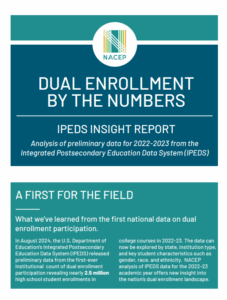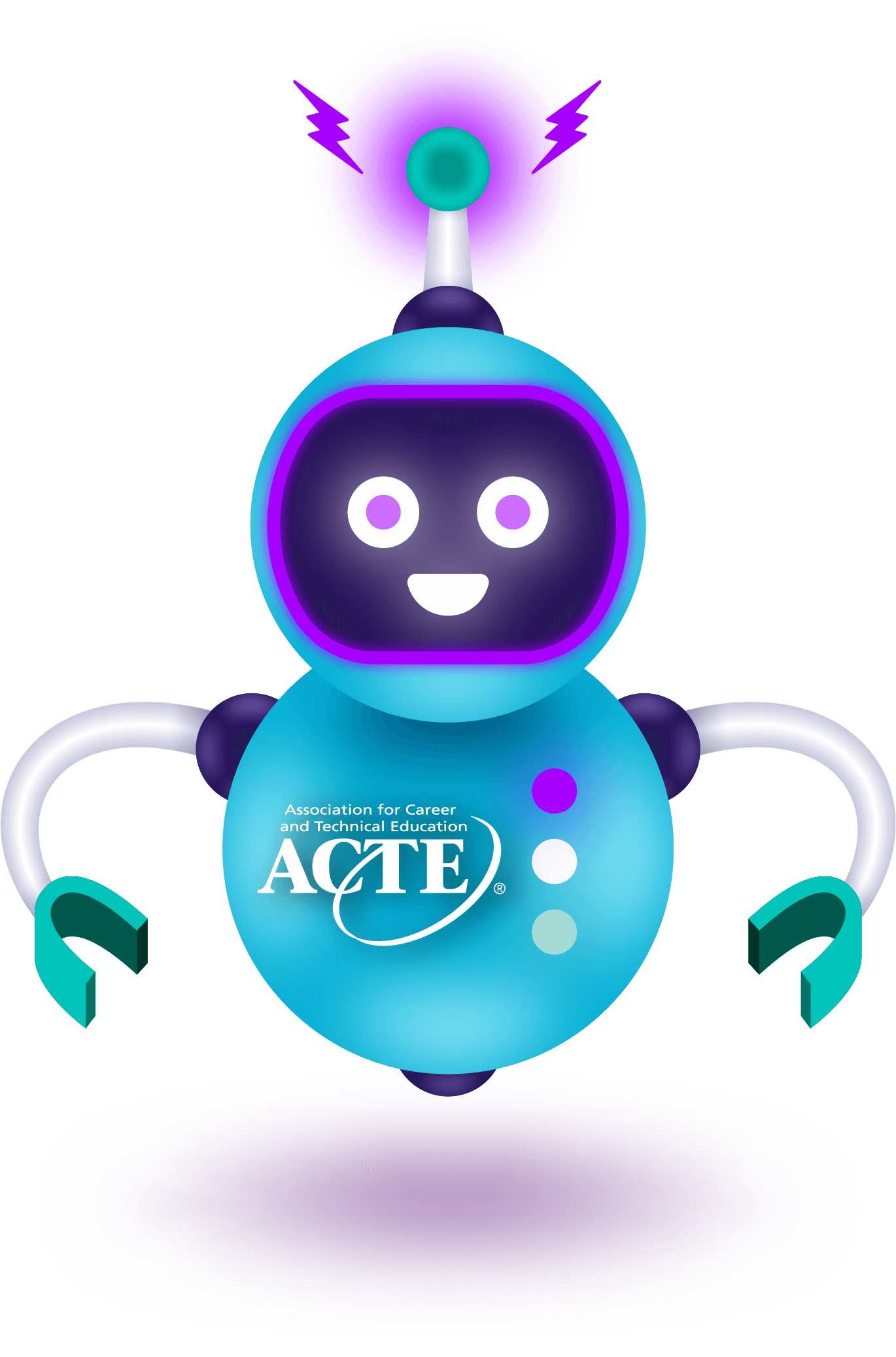How Well Positioned is the State Noncredit Data Infrastructure?: An article by the State Noncredit Data Project in the Community College Journal of Research and Practice examines how well states and community colleges are prepared to leverage Workforce Pell Grants for noncredit short-term programs.

After analyzing several states’ noncredit data systems, the authors found that most lack the provisions and data infrastructure necessary to identify noncredit programs eligible for Workforce Pell. Most states collect data on program length, but few track other components necessary to determine program eligibility, such as completion rates, job placement rates, wages and more. The authors note that while community colleges may record this data themselves, it is important that they formulate strong data partnerships and linkages with state agencies as well.
The analysis also revealed that many programs fall well below the 150-hour minimum threshold for Workforce Pell. For instance, the median number of contact hours for noncredit programs is 40 for Louisiana, 26 for Iowa and 15 for New Jersey. The authors suggest that, in the coming months, community colleges may begin grouping courses together to create longer programs that meet threshold requirements.
In August, ACTE and Advance CTE submitted comments to the Department of Education encouraging the Department to consider states’ and institutions’ current data systems and capabilities when developing guidance for Workforce Pell.
Dual Enrollment by the Numbers: A report from the National Alliance of Concurrent Enrollment Partnerships analyzes 2022-23 national dual enrollment data from the Department of Education’s Integrated Postsecondary Education Data System (IPEDS). Several key findings highlighted in the report include the following:
- Nearly 2.5 million college enrollments are from high school students.
- Sixty-one percent of postsecondary institutions report enrolling at least one high school student.
- Dual enrollment students make up approximately 21% of total community college enrollment nationwide.
- Seventy-two percent of dual enrollment students are enrolled through public two-year institutions compared to 18% through public four-year institutions.
- The percentage of public high school students participating in dual enrollment varies greatly by state, ranging from six percent in Connecticut to 45% in Idaho.
- Black and Hispanic students are underrepresented in dual enrollment courses.
How Do Community College Students Choose Programs of Study?: A report from the Community College Research Center investigates how community college students think about programs of study and potential careers. The researchers surveyed over 12,000 first-time community college students in California, Ohio, Maryland and Texas and found the following:
- Forty-three percent of students said they are aiming for a bachelor’s degree as their highest credential, 13% for an associate degree and three percent for a certificate.
- Sixty-five percent of students are considering among three career options. Fourteen percent are considering two, and nine percent are considering four or more.
- Thirty-four percent of students’ first-choice careers are in health care, followed by business (13%) and computer and mathematical occupations (10%).
- Sixty-two percent of students considering more than one career are considering careers in at least two different clusters.
- The most influential factor students consider when choosing a program is the labor market and earnings, followed by the student’s own abilities and skills, program fit/enjoyment and family and friends’ opinions.
Manufacturing in Rural America: An article from the McKinsey Institute for Economic Mobility argues that recent investments in the nation’s advanced manufacturing sector have the potential to significantly transform rural communities through industry and K-12 partnerships that can create a pipeline of skilled workers for high-wage careers. The publication highlights CTE as well as dual enrollment programs, youth apprenticeships, career academies and P-TECH programs.
The authors also conducted a national survey of rural high school students and found that while eight in 10 students have a strong desire for career-connected learning and high school-based apprenticeships, only five in 10 have access to career-connected learning and only three in 10 to apprenticeships.
ACTE’s Community of Practice for Rural CTE provides rural educators with access to an online community where they can share resources and network with other educators. Additionally, ACTE is offering a professional learning track for rural CTE professionals at this year’s CareerTech VISION, with presentations on a wide variety of topics, including work-based learning and funding. For more information on these and other rural resources for members, please reach out to Michelle Conner (mconner@acteonline.org).







